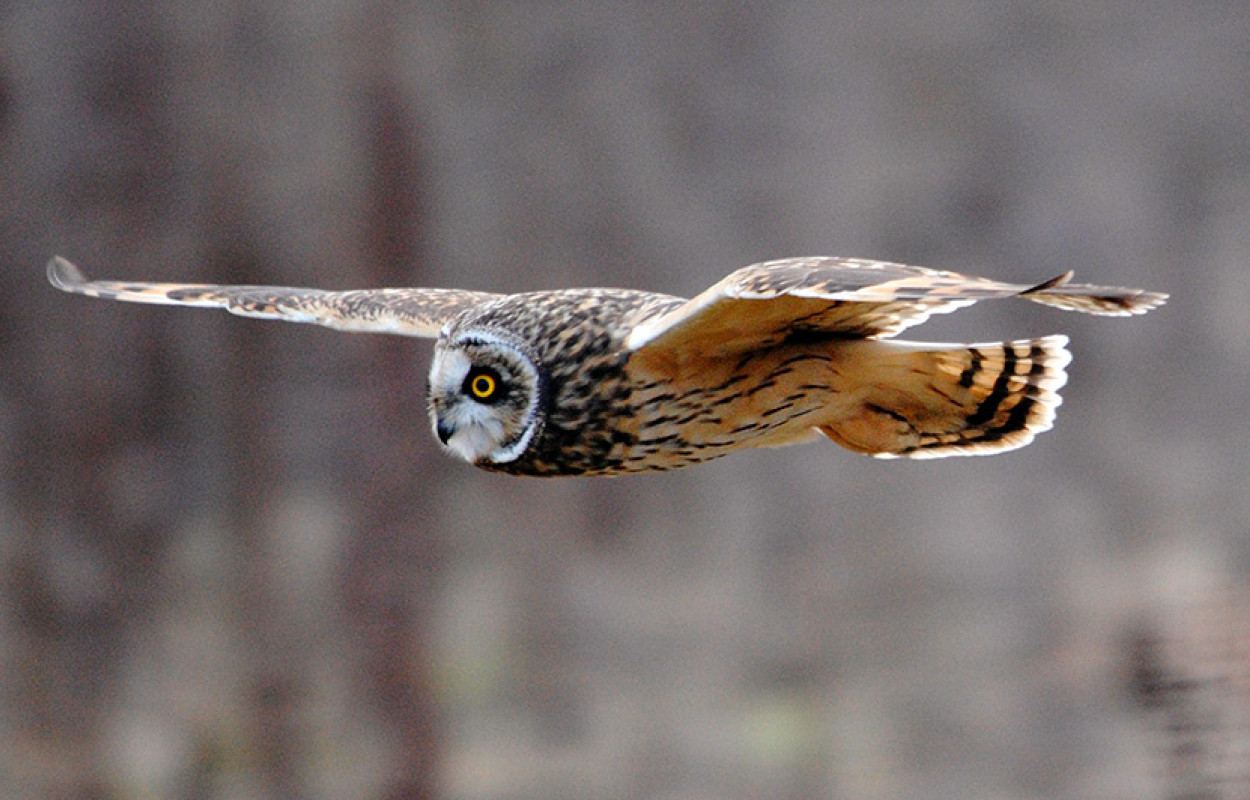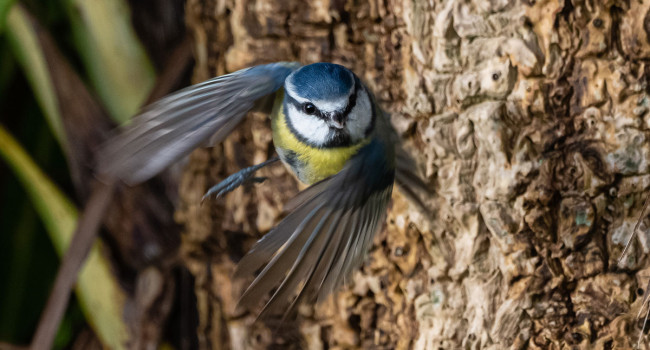Changing migration patterns of the Short-eared Owl Asio flammeus in Europe: an analysis of ringing recoveries

Author(s): Calladine, J., du Feu, C. & du Feu, R.
Published: January 2012
Journal: Journal of Ornithology Volume: 153 ( part 3 )
Digital Identifier No. (DOI): 10.1007/s10336-011-0786-y
Analyses of almost 500 ringing recoveries spanning nearly a century show marked spatial and temporal differences in the migration patterns of Short-eared Owls (Asio flammeus) in Europe. Despite several spectacular sightings in recent months, this species is a candidate for red-listing (based on marked range contractions apparent from the Atlas).
Short-eared Owls are known to show considerable annual variation in their “irruptive” migration. However this study has found that the distances travelled increased from the 1920s through to the 1960s and 1970s, but have since fallen. This provides circumstantial evidence about likely population changes (earlier studies by the BTO have shown the problems in trying to survey this species); it is speculated that the increase in migration distance was associated with population growth in the early to mid-20th century, and similarly, that populations have declined since the 1970s. Ringing recoveries also showed that birds hatching or breeding in Scandinavia and Central Europe travelled the furthest on migration, while those from Britain and the low-lying North Sea area made the shortest journeys. A reduced tendency to migrate the greater distances in the latter part of the 20th Century may have contributed to breeding declines in more southern and isolated parts of these birds’ range, where populations could have been compromised without periodic immigration. However, shorter distances between breeding and wintering grounds, especially within Britain and some British island groups, could also be particularly favourable in facilitating the conservation of this vulnerable and globally declining species: management plans are often simpler when targeted at smaller spatial scales.
Notes
This work was supported by the J & JR Wilson and AEB Charitable Trusts.







Share this page